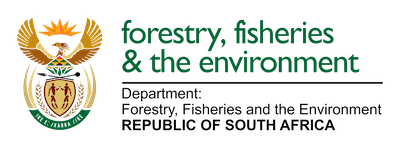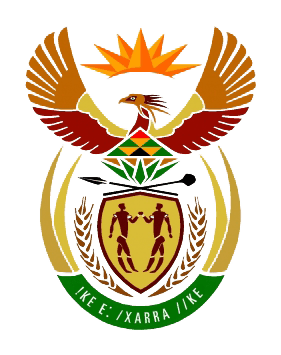
by Ria Olivier | Aug 5, 2025 | Jobs, Marion Island, Ornithology, Overwintering Team, Uncategorised
Now Recruiting: Field Birder Assistants for Marion Island 2026–2027!
Do you dream of working with seabirds in one of the most remote and ecologically important locations on Earth? The South African National Antarctic Programme (SANAP) is calling for two passionate and resilient individuals to join a pioneering research expedition to Marion Island as Field Birder Assistants for the 2026–2027 overwintering team.
ADVERTISEMENT
Successful candidates will spend over a year (April 2026 – May 2027) stationed on Marion Island, a sub-Antarctic territory and vital breeding ground for seabirds and marine mammals. This unique opportunity offers a once-in-a-lifetime chance to contribute to long-term conservation efforts and seabird monitoring in a truly wild and isolated environment.
CLOSING DATE 25 AUGUST 2025
As a Field Birder Assistant, your role will include:
-
Conducting biological research, fieldwork, and monitoring activities in line with detailed work plans developed by the project managers.
-
Making independent decisions in the field regarding work priorities and protocols, often in challenging and unpredictable conditions.
-
Handling seabirds, including both adults and chicks, with empathy, care, and attention to minimizing stress or harm to the animals.
-
Maintaining accurate records and databases, ensuring all data is well-organized and up to date.
-
Reporting regularly to project managers and providing progress updates on fieldwork and research activities.

by Ria Olivier | Jun 19, 2025 | Antarctica, Environment, Gough Island, International Days, Marion Island, Mice Eradication, Ornithology
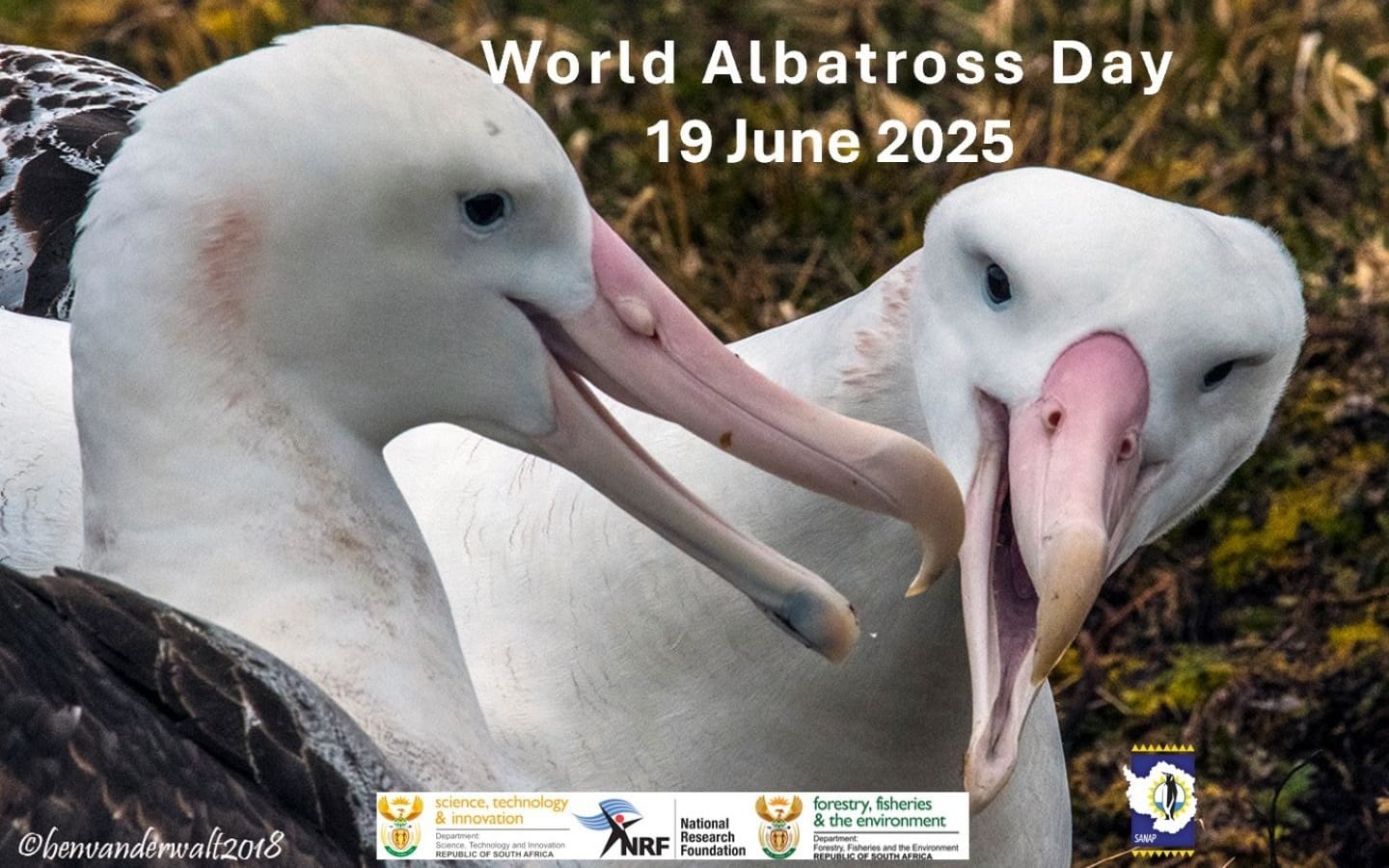 19 June 2025 marks World Albatross Day, a global celebration of these magnificent seabirds whose wide wingspans and far-ranging flight paths have long captured the imagination of sailors, scientists, and nature lovers alike. For South Africa, and particularly for the South African National Antarctic Programme (SANAP), this day highlights not only the beauty and ecological importance of albatrosses—but also the urgent need to protect them.
19 June 2025 marks World Albatross Day, a global celebration of these magnificent seabirds whose wide wingspans and far-ranging flight paths have long captured the imagination of sailors, scientists, and nature lovers alike. For South Africa, and particularly for the South African National Antarctic Programme (SANAP), this day highlights not only the beauty and ecological importance of albatrosses—but also the urgent need to protect them.
At the heart of SANAP’s commitment to seabird conservation is ongoing research and monitoring on Marion Island, one of the two Prince Edward Islands in the Southern Ocean. Marion Island is home to several albatross species, including the iconic Wandering Albatross, known for having the largest wingspan of any bird in the world. These seabirds are critical indicators of ocean health, and their survival is closely linked to the stability of sub-Antarctic ecosystems.
 SANAP scientists have been conducting long-term ecological studies on albatross population trends, breeding behaviour, and foraging ecology, using tracking devices and direct observation to better understand how climate change, ocean dynamics, and human activities are impacting these vulnerable birds.
SANAP scientists have been conducting long-term ecological studies on albatross population trends, breeding behaviour, and foraging ecology, using tracking devices and direct observation to better understand how climate change, ocean dynamics, and human activities are impacting these vulnerable birds.
 A major step in protecting Marion Island’s seabirds is the Mouse-Free Marion Project—a large-scale conservation effort aimed at eradicating invasive house mice that prey on albatross chicks and other native birds. These mice, unintentionally introduced by humans, have developed aggressive predatory behaviours that threaten the survival of not only the Wandering Albatross but also Grey-headed, Sooty, and Light-mantled Albatrosses, as well as burrowing petrels and other island species. The Mouse-Free Marion project represents one of the most important island restoration initiatives globally, and a critical investment in the long-term survival of South Africa’s seabird populations. Success will mean a safer future for generations of albatrosses nesting on this remote and windswept island.
A major step in protecting Marion Island’s seabirds is the Mouse-Free Marion Project—a large-scale conservation effort aimed at eradicating invasive house mice that prey on albatross chicks and other native birds. These mice, unintentionally introduced by humans, have developed aggressive predatory behaviours that threaten the survival of not only the Wandering Albatross but also Grey-headed, Sooty, and Light-mantled Albatrosses, as well as burrowing petrels and other island species. The Mouse-Free Marion project represents one of the most important island restoration initiatives globally, and a critical investment in the long-term survival of South Africa’s seabird populations. Success will mean a safer future for generations of albatrosses nesting on this remote and windswept island.
This World Albatross Day, we celebrate the tireless work of scientists, conservationists, and partners who are helping to give these majestic ocean wanderers a fighting chance. Let’s continue to raise awareness and support efforts to keep the skies above the Southern Ocean filled with soaring wings.

by Ria Olivier | Apr 25, 2025 | Antarctica, Gough Island, International Days, Marine Protected Area, Marion Island, Mice Eradication, Ornithology, Research, SANAP
 Every year on April 25th, we celebrate International Penguin Day—a global reminder of the unique role penguins plays in our planet’s ecosystems. These birds are not just symbols of the icy South—they are indicators of ocean health and climate change. From the sub-Antarctic islands to the Antarctic continent itself, penguins serve as sentinels of the sea, helping scientists track environmental shifts that affect us all.
Every year on April 25th, we celebrate International Penguin Day—a global reminder of the unique role penguins plays in our planet’s ecosystems. These birds are not just symbols of the icy South—they are indicators of ocean health and climate change. From the sub-Antarctic islands to the Antarctic continent itself, penguins serve as sentinels of the sea, helping scientists track environmental shifts that affect us all.
 South Africa plays a vital role in this mission through its National Antarctic Programme (SANAP), which supports long-term ecological research at key sites such as Gough Island, Marion Island, and Antarctica. These research stations are crucial hubs for studying penguin populations like the Northern Rockhopper on Gough Island and the Macaroni penguins on Marion Island. Scientists monitor breeding patterns, foraging behaviour, and survival rates—data that provide early warnings about oceanic changes. In Antarctica, SANAP researchers study Adélie and Emperor penguins, whose survival is intimately tied to the health of sea ice and krill populations.
South Africa plays a vital role in this mission through its National Antarctic Programme (SANAP), which supports long-term ecological research at key sites such as Gough Island, Marion Island, and Antarctica. These research stations are crucial hubs for studying penguin populations like the Northern Rockhopper on Gough Island and the Macaroni penguins on Marion Island. Scientists monitor breeding patterns, foraging behaviour, and survival rates—data that provide early warnings about oceanic changes. In Antarctica, SANAP researchers study Adélie and Emperor penguins, whose survival is intimately tied to the health of sea ice and krill populations.
 By investing in these research efforts, South Africa not only contributes to global conservation science but also highlights the importance of protecting our shared polar heritage. This International Penguin Day let’s celebrate the science that keeps these beloved birds waddling into the future.
By investing in these research efforts, South Africa not only contributes to global conservation science but also highlights the importance of protecting our shared polar heritage. This International Penguin Day let’s celebrate the science that keeps these beloved birds waddling into the future.

by Ria Olivier | May 11, 2024 | Ecology, International Days, Ornithology
 In 2024, World Migratory Bird Day will be celebrated on two days, 11 May and 12 October, aligning with the cyclic nature of
In 2024, World Migratory Bird Day will be celebrated on two days, 11 May and 12 October, aligning with the cyclic nature of  bird migration in different hemispheres. The World Migratory Bird Day campaign in 2024 will stress the need for proactive conservation measures. This includes reducing the use of pesticides and fertilisers, and where possible, switching to organic farming. Other measures include maintaining and connecting areas of natural vegetation which provide food and shelter for birds and other species, in agricultural landscapes.
bird migration in different hemispheres. The World Migratory Bird Day campaign in 2024 will stress the need for proactive conservation measures. This includes reducing the use of pesticides and fertilisers, and where possible, switching to organic farming. Other measures include maintaining and connecting areas of natural vegetation which provide food and shelter for birds and other species, in agricultural landscapes.

 Pictures of Antarctic Tern taken by Johan Bothma,1968 (left) and John Cooper, 1984 (right
Pictures of Antarctic Tern taken by Johan Bothma,1968 (left) and John Cooper, 1984 (right
“Birds are the most mobile organisms on the planet. Their ability to fly vast distances enables them to exploit predictable, short-term peaks in food availability. Almost one fifth of all birds undertake regular movements, usually tied to seasonal cycles. However, such large-scale movements also incur risks from commuting across the landscape. The balance between these costs and benefits determines who stays and who migrates. Recent studies suggest that migration promotes speciation, principally through the formation of sedentary daughter species” – Peter Ryan & Michelle Vrettos
 The Antarctic Tern’s closest relative is the Arctic Tern and it is likely that they evolved from Arctic Terns that settled in the south. Among other seabirds, it is less clear in which direction the radiation occurred. Species such as gannets and fulmars are not trans-equatorial migrants and so it is more likely that a few stragglers that crossed the equator established new populations in the opposite hemisphere. (article: “Stay or go? – Migration as an evolutionary driver”) (Arctic Tern, most famous for its long-distance migrations. Flying annually between the northern and southern hemispheres)
The Antarctic Tern’s closest relative is the Arctic Tern and it is likely that they evolved from Arctic Terns that settled in the south. Among other seabirds, it is less clear in which direction the radiation occurred. Species such as gannets and fulmars are not trans-equatorial migrants and so it is more likely that a few stragglers that crossed the equator established new populations in the opposite hemisphere. (article: “Stay or go? – Migration as an evolutionary driver”) (Arctic Tern, most famous for its long-distance migrations. Flying annually between the northern and southern hemispheres)
Colour Images by Tom McSherry taken on Gough Island in 2017
All images available on Antarctic Legacy of South Africa archive, contributed by Johan Bothma, John Cooper, Tom McSherry
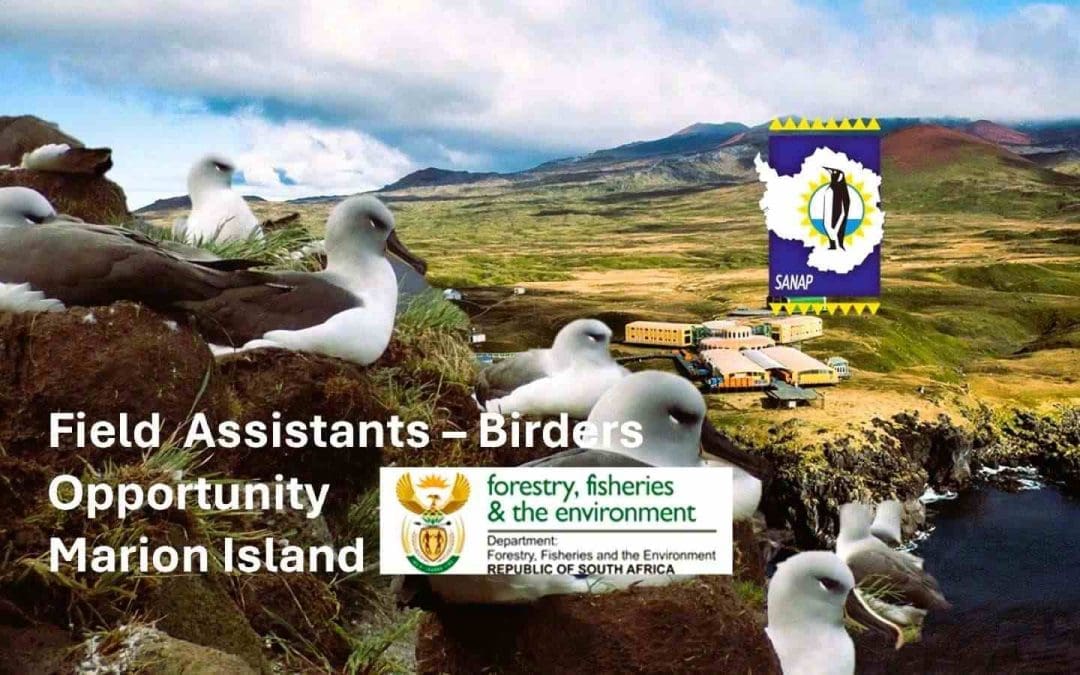
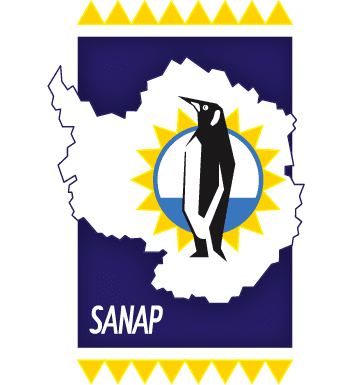
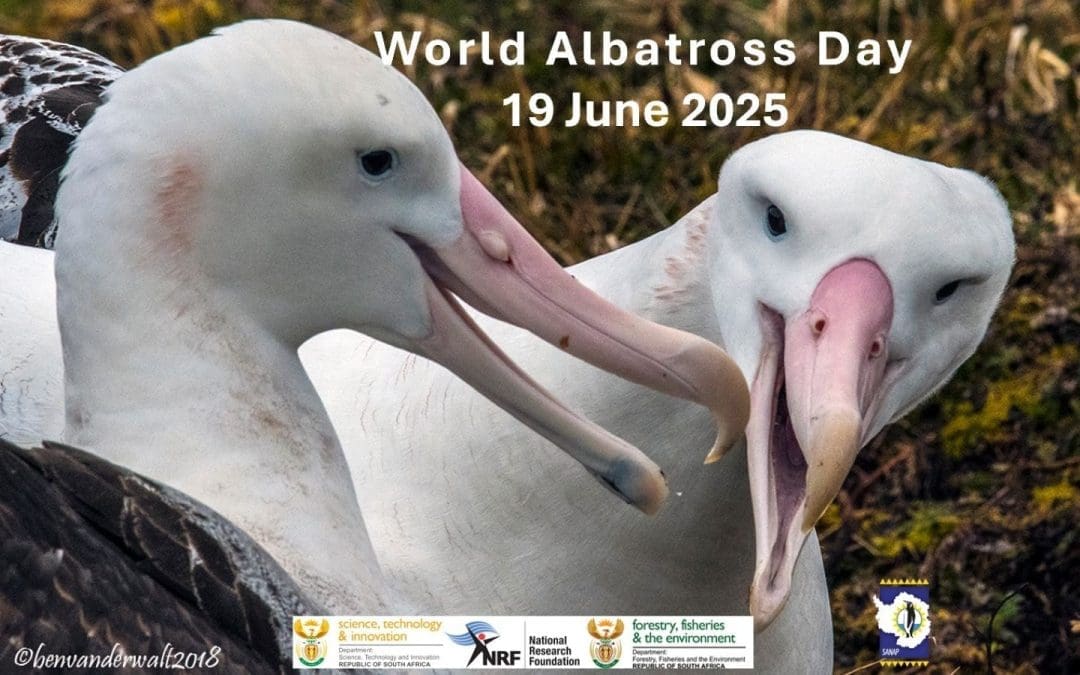
 19 June 2025 marks
19 June 2025 marks  SANAP scientists have been conducting long-term ecological studies on albatross population trends, breeding behaviour, and foraging ecology, using tracking devices and direct observation to better understand how climate change, ocean dynamics, and human activities are impacting these vulnerable birds.
SANAP scientists have been conducting long-term ecological studies on albatross population trends, breeding behaviour, and foraging ecology, using tracking devices and direct observation to better understand how climate change, ocean dynamics, and human activities are impacting these vulnerable birds. A major step in protecting Marion Island’s seabirds is the
A major step in protecting Marion Island’s seabirds is the 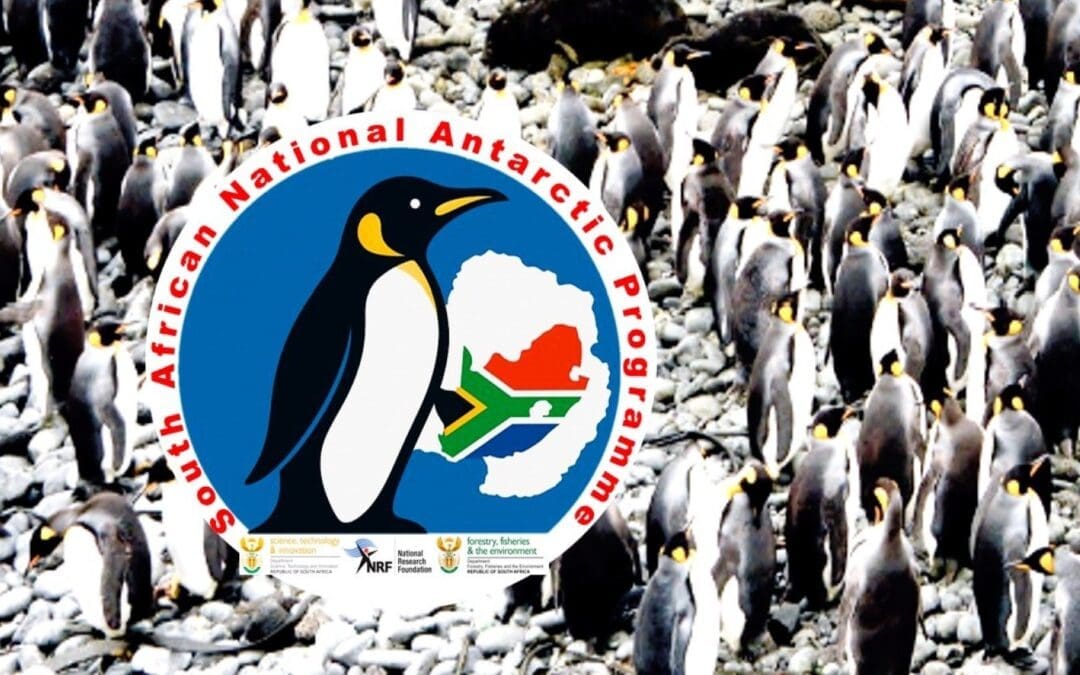
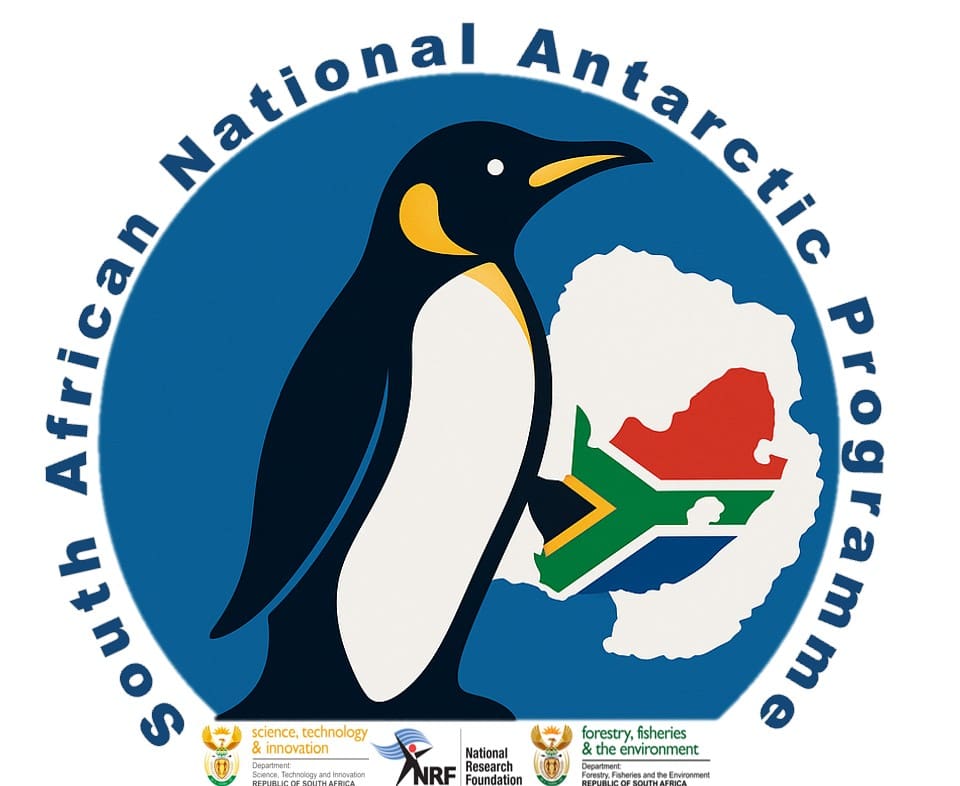 Every year on April 25th, we celebrate International Penguin Day—a global reminder of the unique role penguins plays in our planet’s ecosystems. These birds are not just symbols of the icy South—they are indicators of ocean health and climate change. From the sub-Antarctic islands to the Antarctic continent itself, penguins serve as sentinels of the sea, helping scientists track environmental shifts that affect us all.
Every year on April 25th, we celebrate International Penguin Day—a global reminder of the unique role penguins plays in our planet’s ecosystems. These birds are not just symbols of the icy South—they are indicators of ocean health and climate change. From the sub-Antarctic islands to the Antarctic continent itself, penguins serve as sentinels of the sea, helping scientists track environmental shifts that affect us all. South Africa plays a vital role in this mission through its National Antarctic Programme (SANAP), which supports long-term ecological research at key sites such as Gough Island, Marion Island, and Antarctica. These research stations are crucial hubs for studying penguin populations like the Northern Rockhopper on Gough Island and the Macaroni penguins on Marion Island. Scientists monitor breeding patterns, foraging behaviour, and survival rates—data that provide early warnings about oceanic changes. In Antarctica, SANAP researchers study Adélie and Emperor penguins, whose survival is intimately tied to the health of sea ice and krill populations.
South Africa plays a vital role in this mission through its National Antarctic Programme (SANAP), which supports long-term ecological research at key sites such as Gough Island, Marion Island, and Antarctica. These research stations are crucial hubs for studying penguin populations like the Northern Rockhopper on Gough Island and the Macaroni penguins on Marion Island. Scientists monitor breeding patterns, foraging behaviour, and survival rates—data that provide early warnings about oceanic changes. In Antarctica, SANAP researchers study Adélie and Emperor penguins, whose survival is intimately tied to the health of sea ice and krill populations.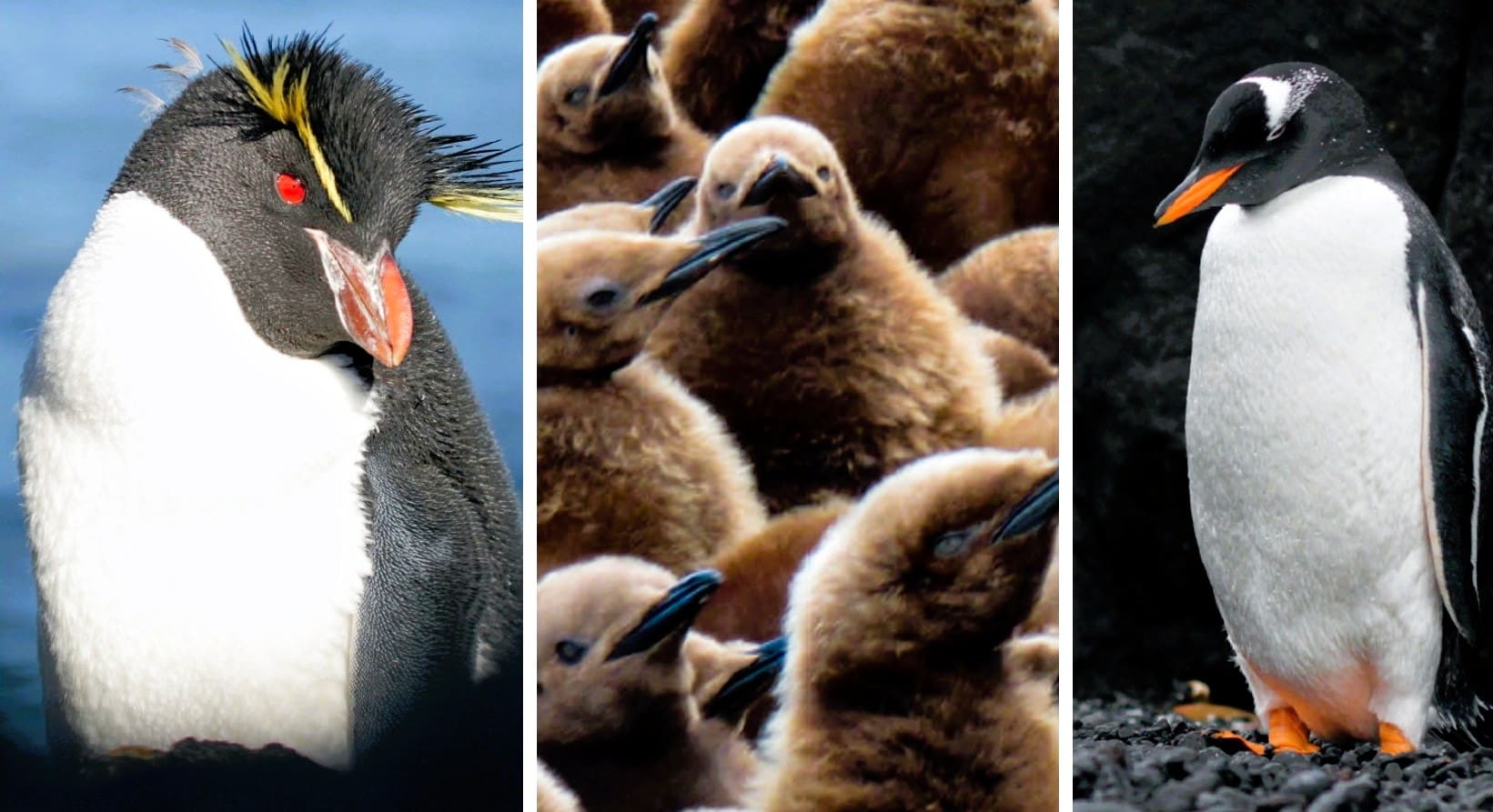 By investing in these research efforts, South Africa not only contributes to global conservation science but also highlights the importance of protecting our shared polar heritage. This International Penguin Day let’s celebrate the science that keeps these beloved birds waddling into the future.
By investing in these research efforts, South Africa not only contributes to global conservation science but also highlights the importance of protecting our shared polar heritage. This International Penguin Day let’s celebrate the science that keeps these beloved birds waddling into the future.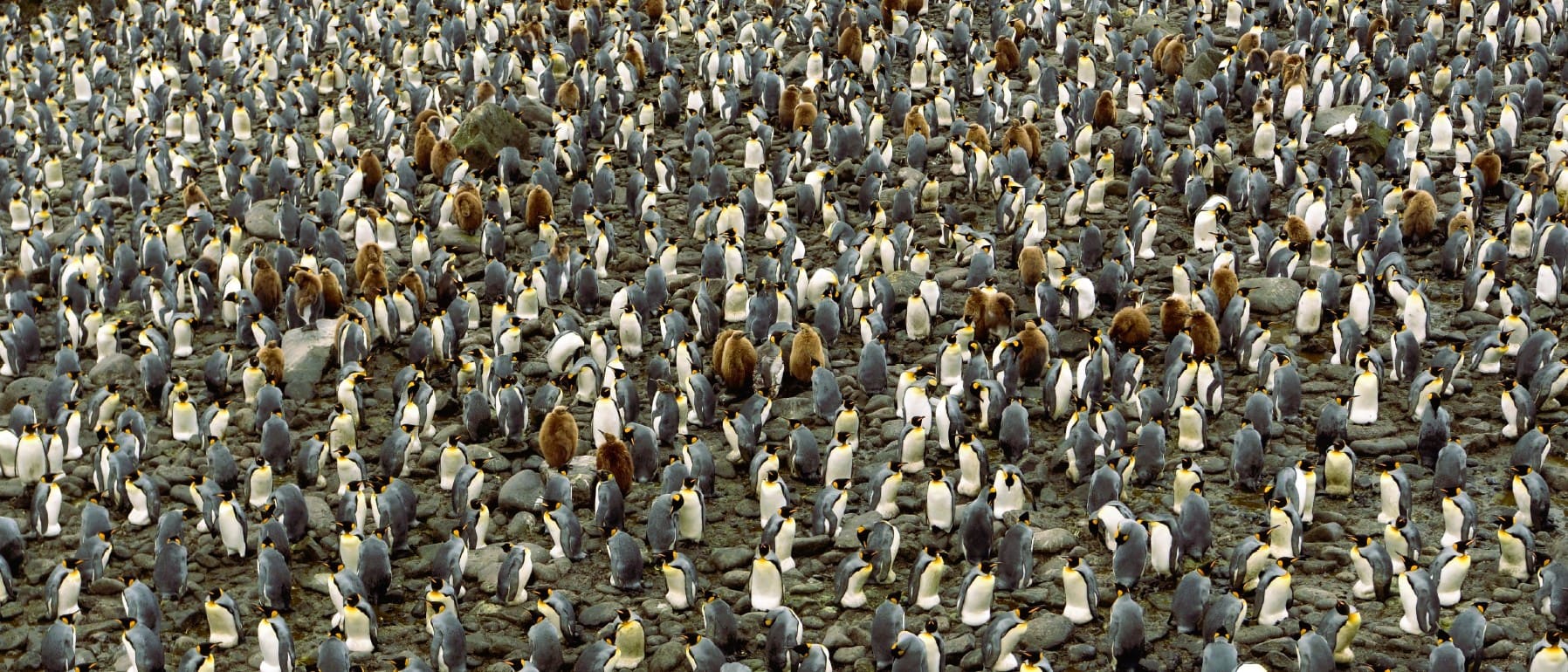

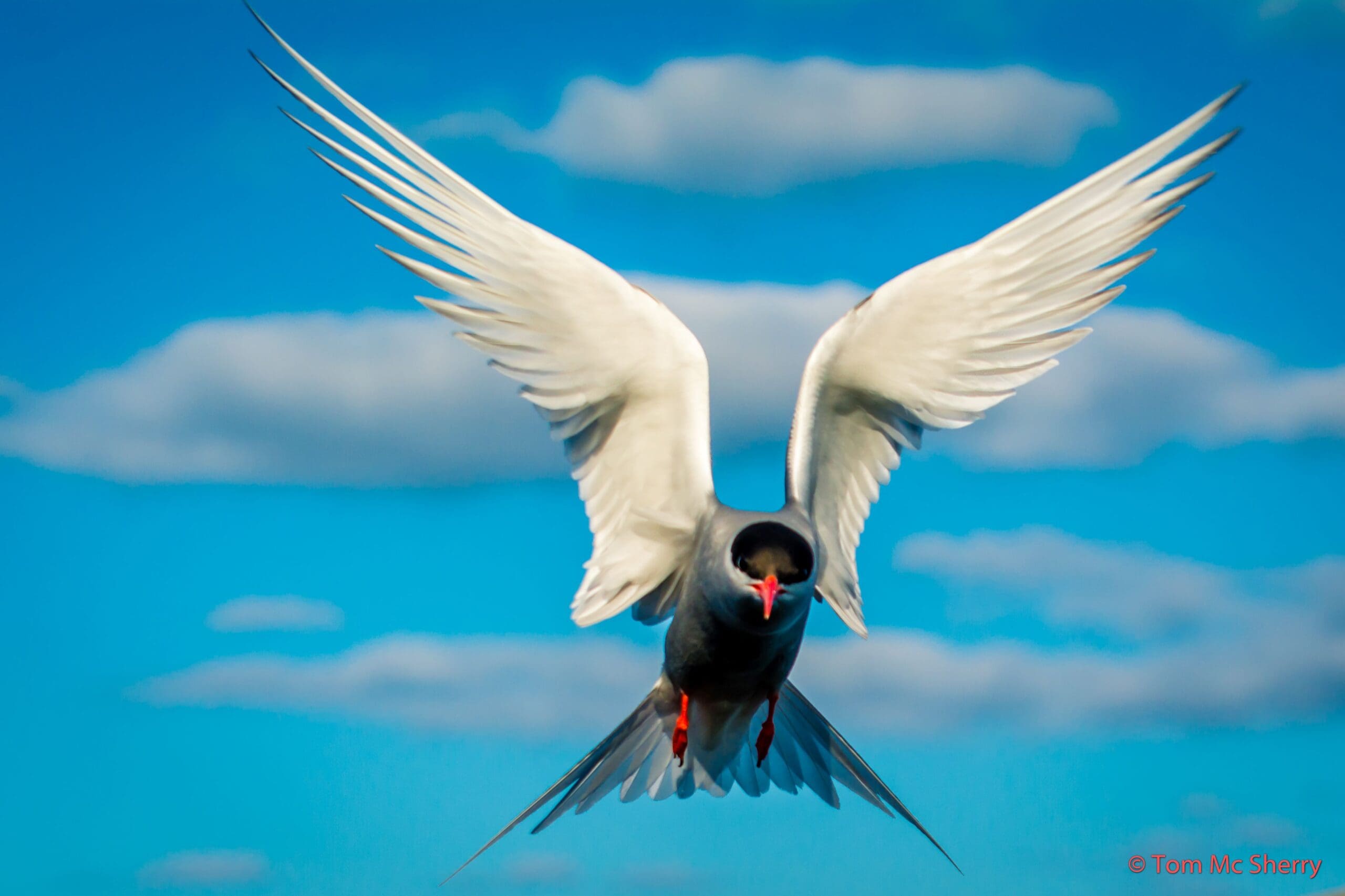 In 2024,
In 2024, 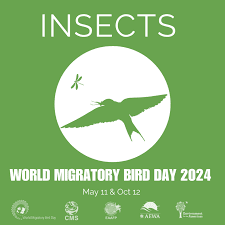 bird migration in different hemispheres. The World Migratory Bird Day campaign in 2024 will stress the need for proactive conservation measures. This includes reducing the use of pesticides and fertilisers, and where possible, switching to organic farming. Other measures include maintaining and connecting areas of natural vegetation which provide food and shelter for birds and other species, in agricultural landscapes.
bird migration in different hemispheres. The World Migratory Bird Day campaign in 2024 will stress the need for proactive conservation measures. This includes reducing the use of pesticides and fertilisers, and where possible, switching to organic farming. Other measures include maintaining and connecting areas of natural vegetation which provide food and shelter for birds and other species, in agricultural landscapes. 
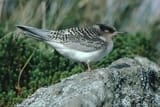 Pictures of Antarctic Tern taken by Johan Bothma,1968 (left) and John Cooper, 1984 (right
Pictures of Antarctic Tern taken by Johan Bothma,1968 (left) and John Cooper, 1984 (right The Antarctic Tern’s closest relative is the Arctic Tern and it is likely that they evolved from Arctic Terns that settled in the south. Among other seabirds, it is less clear in which direction the radiation occurred. Species such as gannets and fulmars are not trans-equatorial migrants and so it is more likely that a few stragglers that crossed the equator established new populations in the opposite hemisphere. (article: “
The Antarctic Tern’s closest relative is the Arctic Tern and it is likely that they evolved from Arctic Terns that settled in the south. Among other seabirds, it is less clear in which direction the radiation occurred. Species such as gannets and fulmars are not trans-equatorial migrants and so it is more likely that a few stragglers that crossed the equator established new populations in the opposite hemisphere. (article: “
